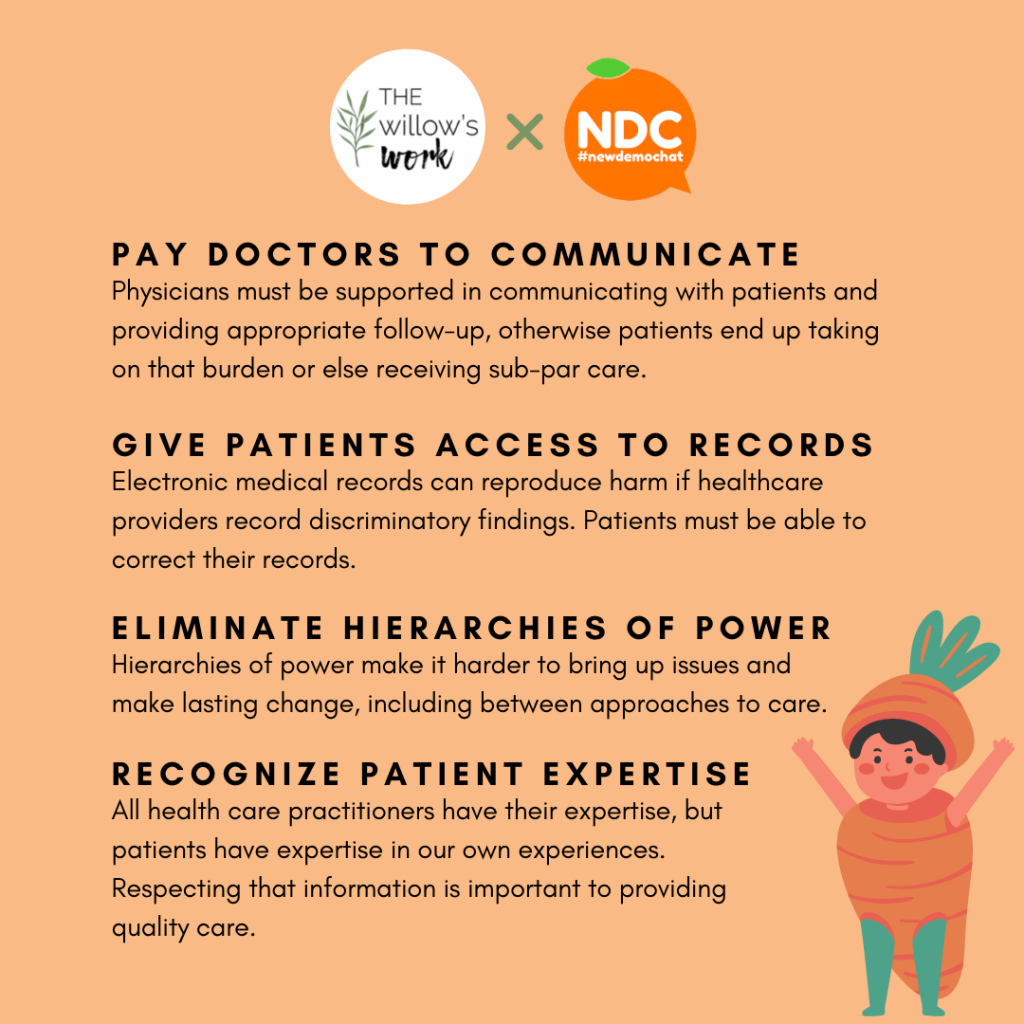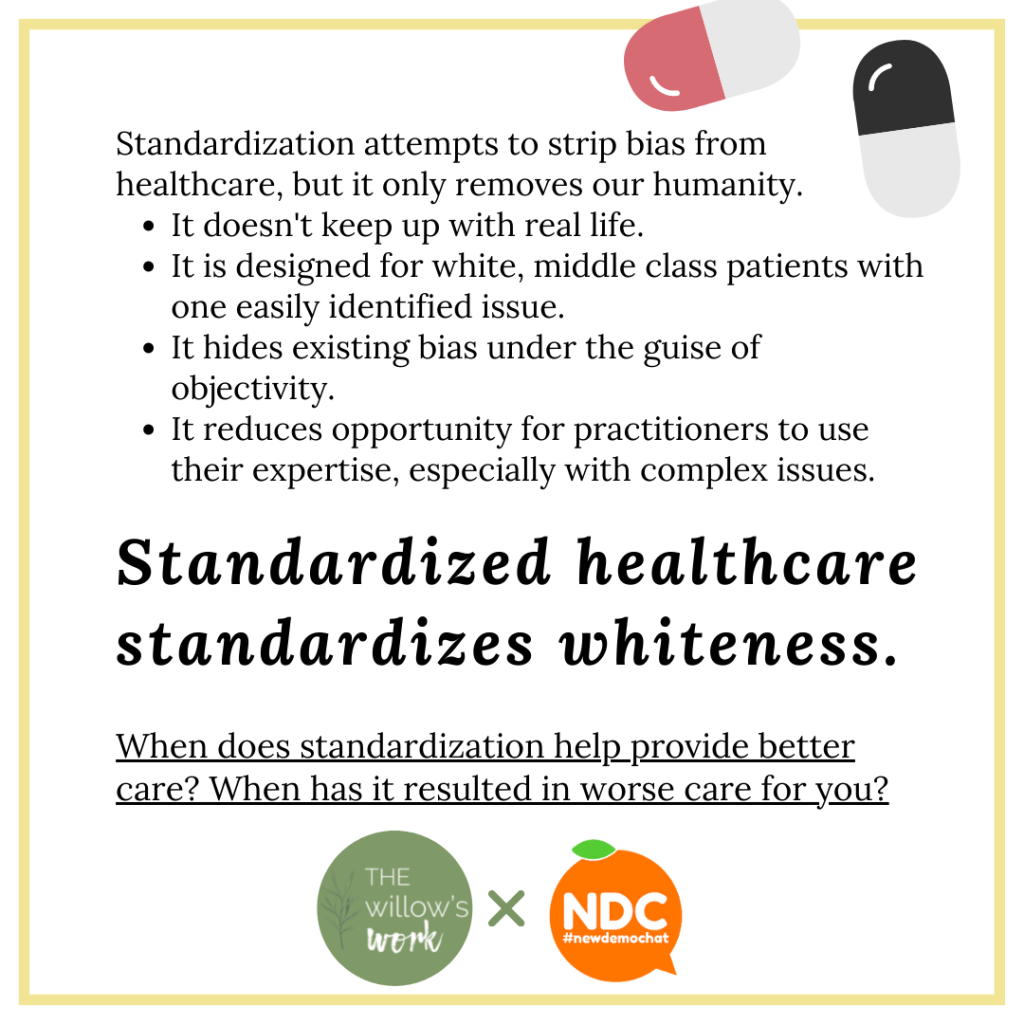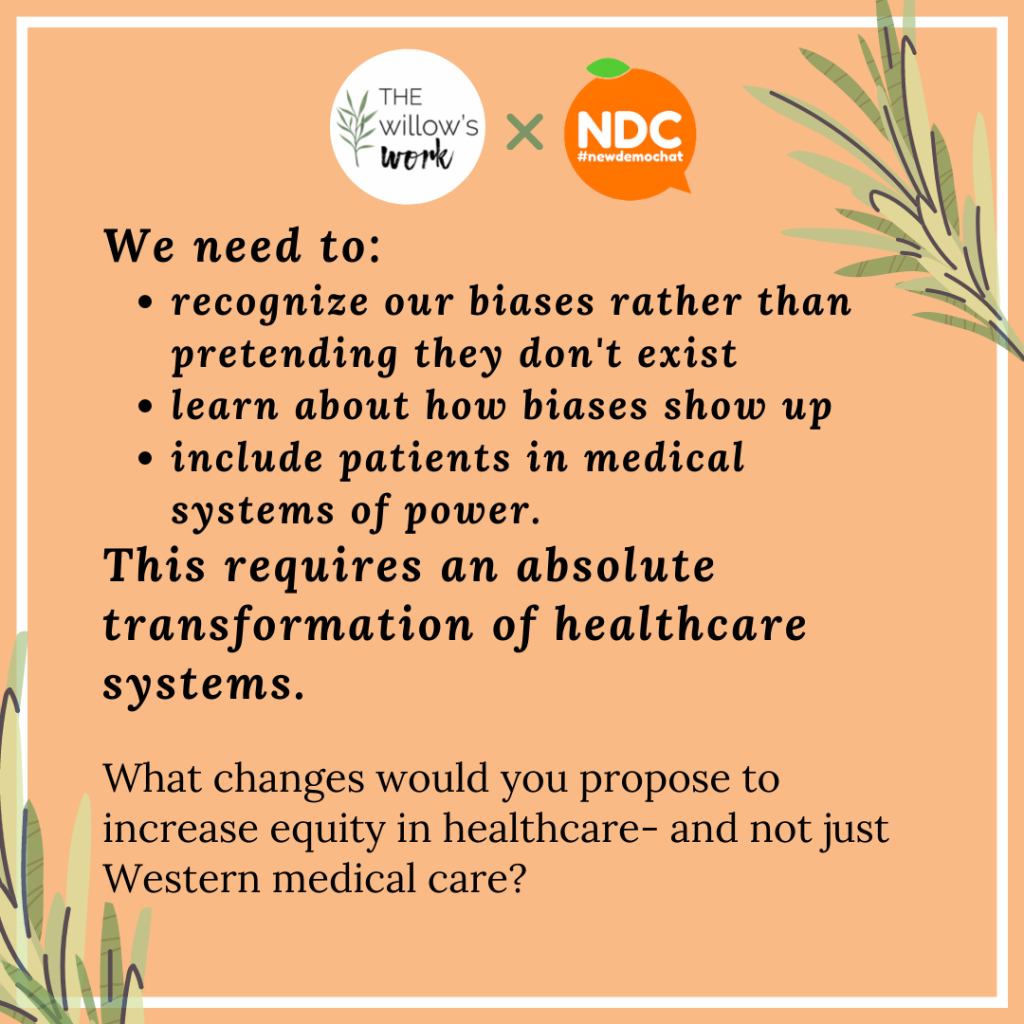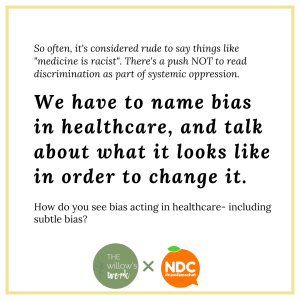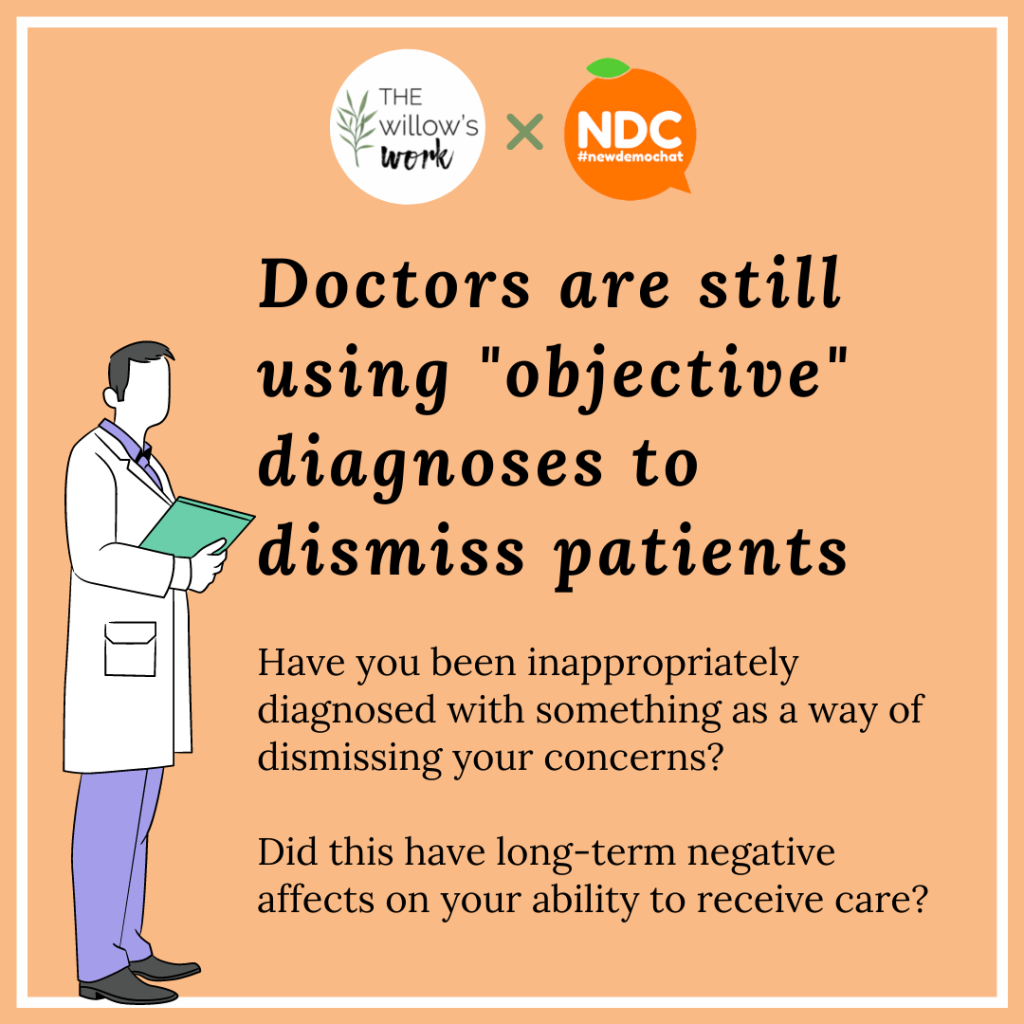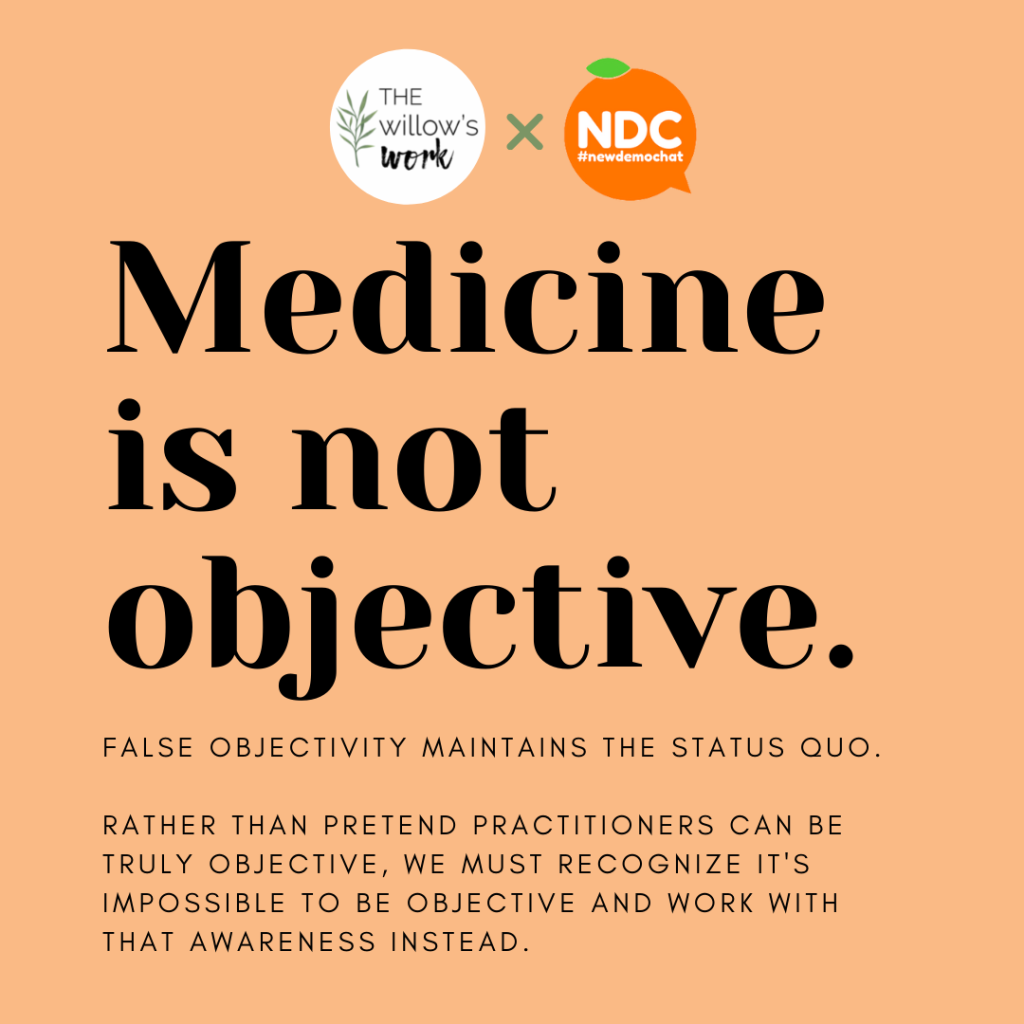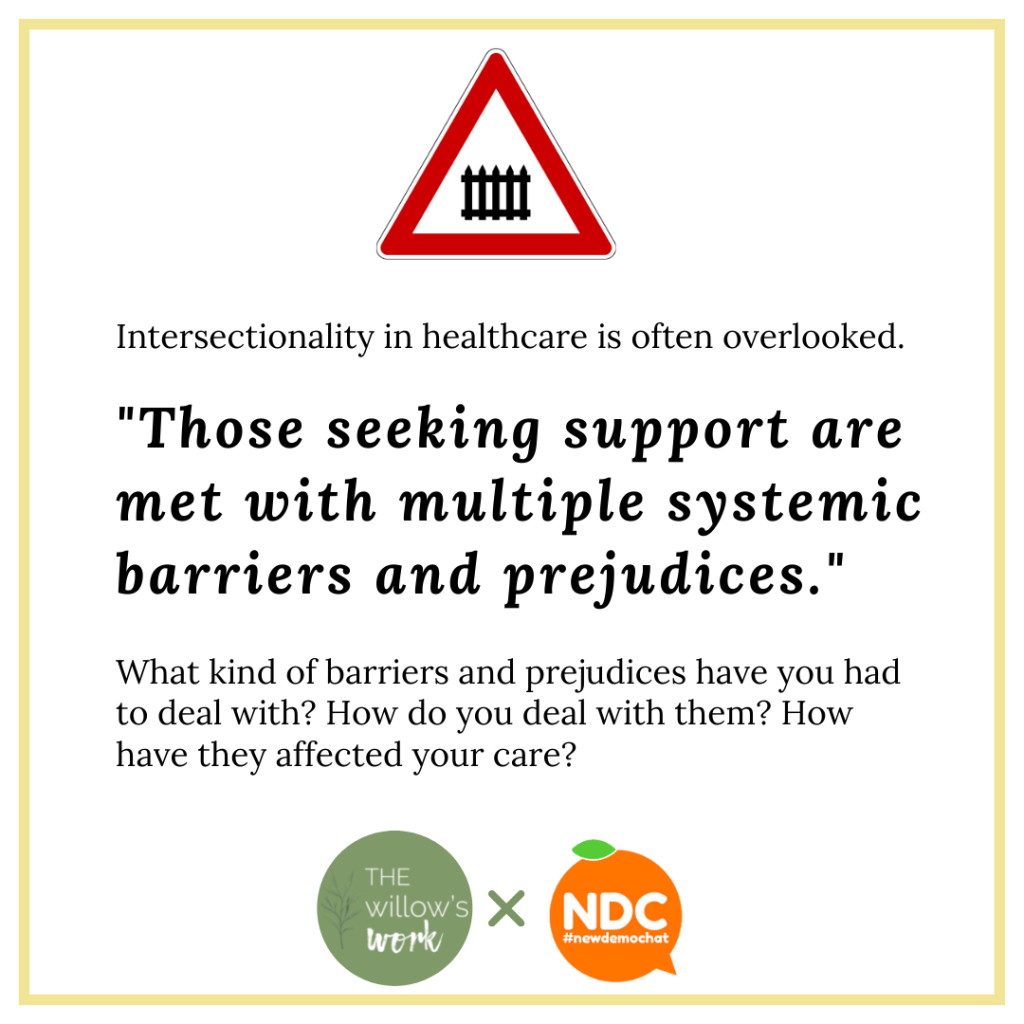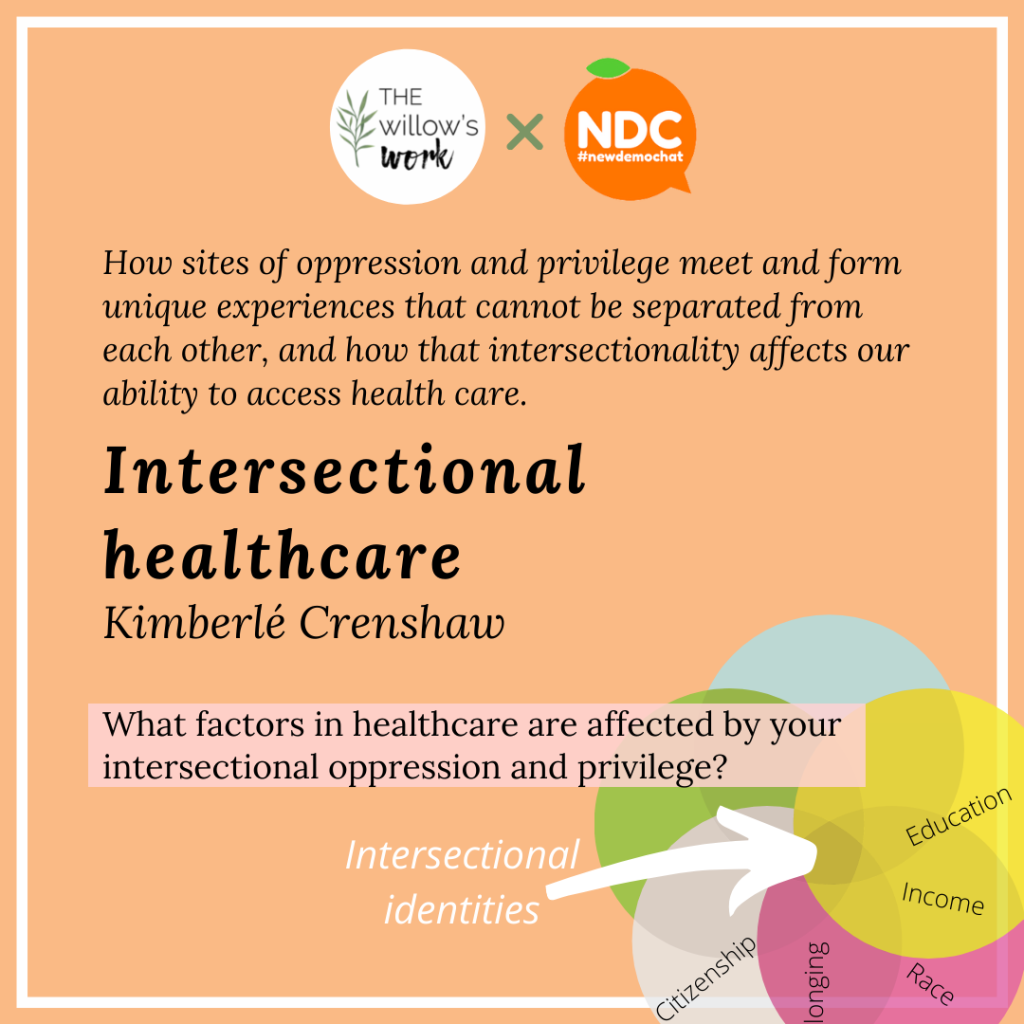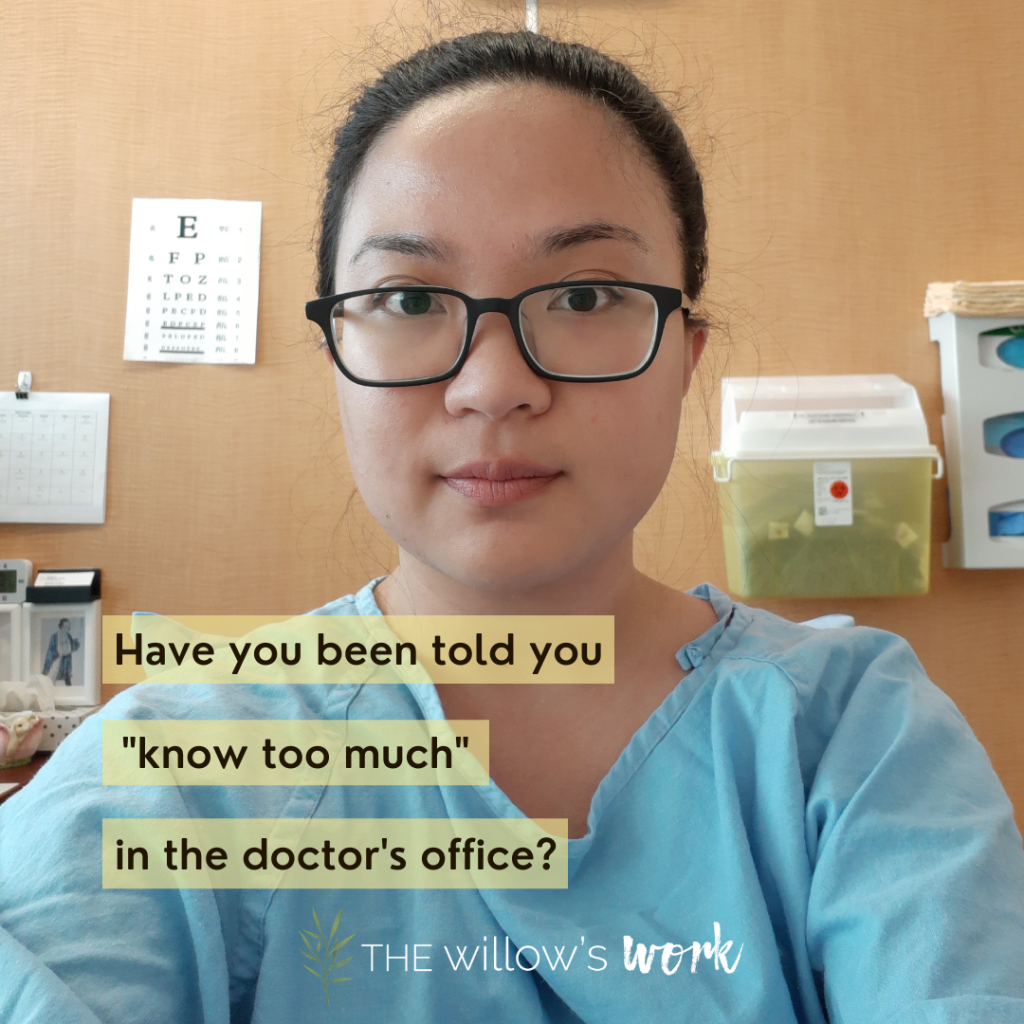
HAVE YOU EVER BEEN TOLD YOU “KNOW TOO MUCH” IN MEDICAL APPOINTMENTS? I’ve had a few appointments end with doctors telling me that I was “too knowledgeable” and that it was evidence I was just anxious. Have you had this experience?
For me, being aware of changes in my functioning and knowledgeable about healthcare was evidence that I wasn’t receiving the care I needed. I was filling the gap that the apathetic healthcare system left.
What’s more, I was filling that gap with skills that one of my doctors taught me as a teen. He taught me how he does assessments, how to make a treatment plan, how to communicate in medical systems- when I started working in research, we talked shop.
My doctor taught me those skills so that I’d be empowered to advocate for quality care. But for many doctors, my empowerment is off-putting. My vocabulary is threatening, my confidence is unusual- and so to regain the power that I claim by being an active part of my care, they pathologize my knowledge.
It can be a very painful, and dangerous experience. It only takes one doctor with a grudge to get words like “non-compliant” or “conversion disorder” put into your records. But when someone recognizes those skills as care-seeking and not a threat to their power, you become a formidable team.




